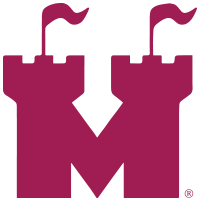The Bastard sword always gets attention. The name originates from the French term ‘epee batarde’ which refers to a ‘hand and a half sword’ or a ‘longsword’. The word Bastard was given to it due to its irregular appearance - the sword’s tang and grip were made to be effective with one hand but long enough to accommodate two hands, providing better leverage and more power. Although this made the sword more versatile it also made it difficult to categorize it as either a one-handed or two-handed weapon.
The sword’s reputation has grown over the recent years with its use in fantasy television series like Game of Thrones. Jon Snow wields the epic Longclaw, the ancestral Valyrian steel bastard sword of House Mormont.

Blade styles like the Windlass Bastard Sword have been brought back by popular demand. This particular broadsword belongs to the Battle of Bosworth Field (1485), cutting and slashing its way through Tudor ranks. Light and well balanced with a classic design, the Bastard swords have a tapered, more narrow pointed blade.
The Bastard sword packs a fair amount of damage and the training involves practicing vicious strokes and maneuvres such as thrusting, cutting and slicing the opponent. The Medieval Bastard Sword training required by a Knight started early – first as a page from the age of 7 to 14 and then as a Squire from the ages of 14 to 21. The Medieval Bastard Sword, predominantly used by Medieval Knights, became popular due to its extreme reach, cutting and thrusting abilities. The fighting power of just one knight equaled 10 ordinary soldiers due to powerful weapons like these.



